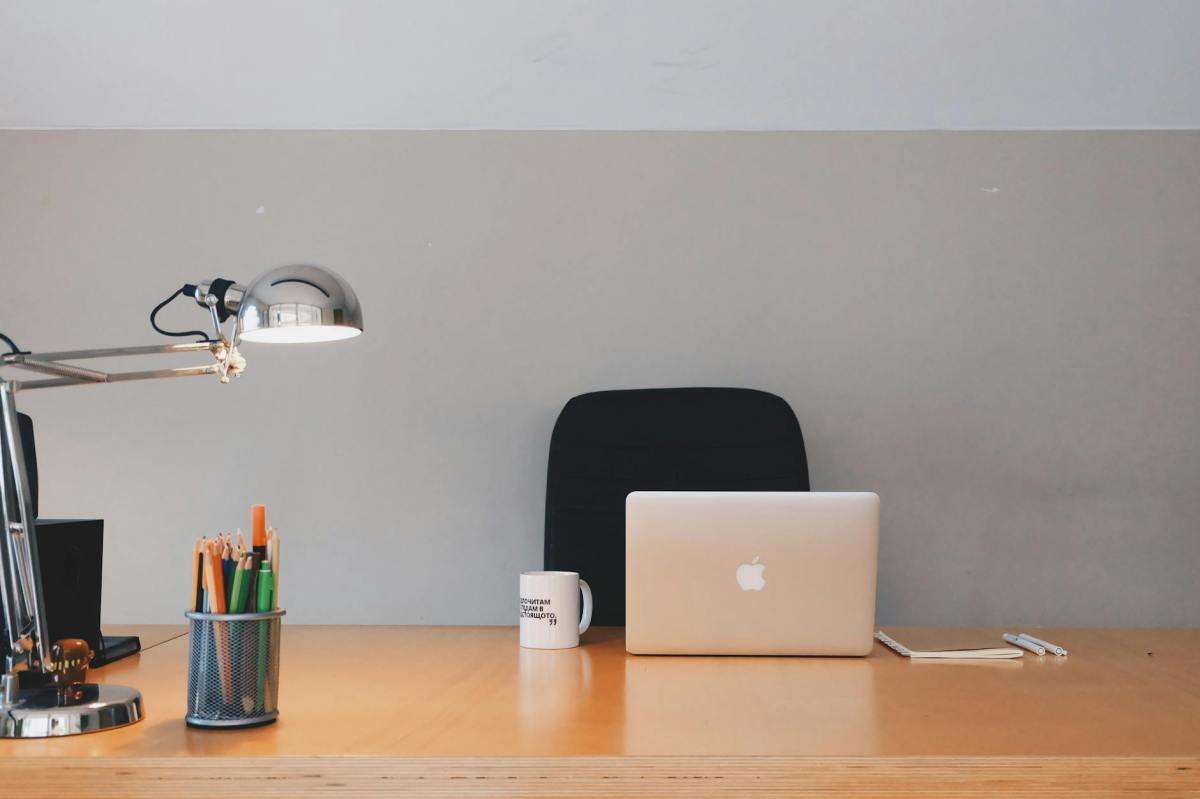I do a hybrid working day, working from home and sometimes at the company itself. When I am in Vivo, physically, I start the day early with my physiotherapy, which is helping me to rehabilitate a calcification in the joints of my lower limbs, I also do the daily calibration of my hearing aids, because of my hearing dysfunction, and in the middle of this routine I take the opportunity to listen to music and have a look at somememes that make me laugh and sometimes even cry with laughter, which makes me walk through the streets laughing alone. I think many of you will identify with that!
Mornings are my best time of the day, because they are quieter. As the day goes on, the excess noise accumulates in the fatigue of my senses and from 4pm onwards I am already quite tired from the effort needed to listen, as the hearing aids work by stimulating the duct to get the sound through.
It is very important to note that good accessibility and inclusion practices are essential for people with disabilities to be able to work without feeling limited. Speaking of which, I’d like to share with you some tricks I use to stay organised.
Closed captioning in video calls
One of the many digital tools I use to make communication more accessible is the closed captioning feature in theTeams video call application. For me, this feature is number one when it comes to accessibility. It really helps me to communicate with people who have difficulty speaking loudly and clearly, as well as being a great help when the microphone sound is muffled or even when there is no microphone available.
During meetings, the captioning function is very useful to keep track of quick and simultaneous interactions between participants. I am very grateful for this tool as it ensures that I can understand as much as possible of what is being said during video calls, allowing for much more efficient communication.
Sticky Notes
I am also a fan of the Sticky Notes application. It was a resource I was introduced to about two years ago, thanks to a super helpful co-worker. Since then, I’ve been very grateful to have known about this tool that helps keep information organised and accessible at any time.
With Sticky Notes it is possible to save notes automatically, which helps not to lose important information. In addition, it is possible to search for specific topics in all notes, which makes it much easier to find the information you need. And the organisation by recent topics is another advantage that I find very useful.
In short, Sticky Notes is an excellent tool for those who need practicality and organisation in their day-to-day life. If you don’t know this tool yet, it’s worth a try, I’m sure you’ll love it!
You will always see me writing down all the information in this app, because I think it’s super secure and I don’t run the risk of losing any important information. However, for urgent matters, you will see me with the old paper diary making lists, step by step to finish the demand as soon as possible.
Paper diary
This is a practical and efficient way I use to organise urgent tasks. I have a passion for the plain sheet notebook and at the moment I’m really enjoying the diary I won in commemoration of the telephone company’s centenary.
As I mentioned before, I use the sticky notes application to write down all my daily information, but believe me, there are other tools and tips that I use that can help us maintain an organised and productive work environment.
Tips for getting organised
You know that feeling that the hours in the day just aren’t enough to get everything done? Because often a lack of organisation can cause us to waste time on unnecessary activities.
One of the main tricks I use to get organised with these tasks is to visualise priorities.
Knowing what is most urgent and what needs to be done first is essential in order to be able to fulfil commitments. To try to have an overview of the demands and identify which tasks are most relevant and have a deadline to be completed. From there, I can create an action plan and implement it efficiently.
The planner
One tool that helps me a lot in this task is the planner. It is a task management application that allows me to organise projects into charts, lists and cards. With it I can prioritise tasks and have a clear overview of what needs to be done at the moment. It is possible to export the activities by Excel, it also generates graphs of the number of activities overall and by category, it’s fantastic. This feature is especially useful for those who have to manage many tasks at the same time and share the progress with the group.
Minimalist table
For me, an organised and pleasant working environment helps productivity. Keeping the table clean and objects well organised helps to maintain focus and avoid distractions. In addition, one of the things that can also help here is to personalise the work environment with an object that has a special meaning for a particular time in life. With these simple tricks, I can create a much more organised and productive routine!
Another important trick is to know how to delegate tasks. Often, I go on autopilot to do everything alone and end up overloaded. However, delegating some tasks can be a great option to make the day more productive. In my case, as I have hearing problems, and evenings are more difficult for me, delegating some demands in this period smooths the journey.
Finally, it is important to remember that it is possible to adapt these tips according to your needs and preferences. After all, everyone has a different way of working and often what works for one partner may not work for another.
With a little planning, some tools and adjustments, it is possible to work efficiently and with quality, even with the limitations that a disability can bring. Vivo, with its inclusive and supportive stance, has been a great supporter of making this possible.
In conclusion, being a professional with a disability can be a challenge, but with the necessary tools and adjustments, it is possible to overcome and do the job with efficiency and quality.









